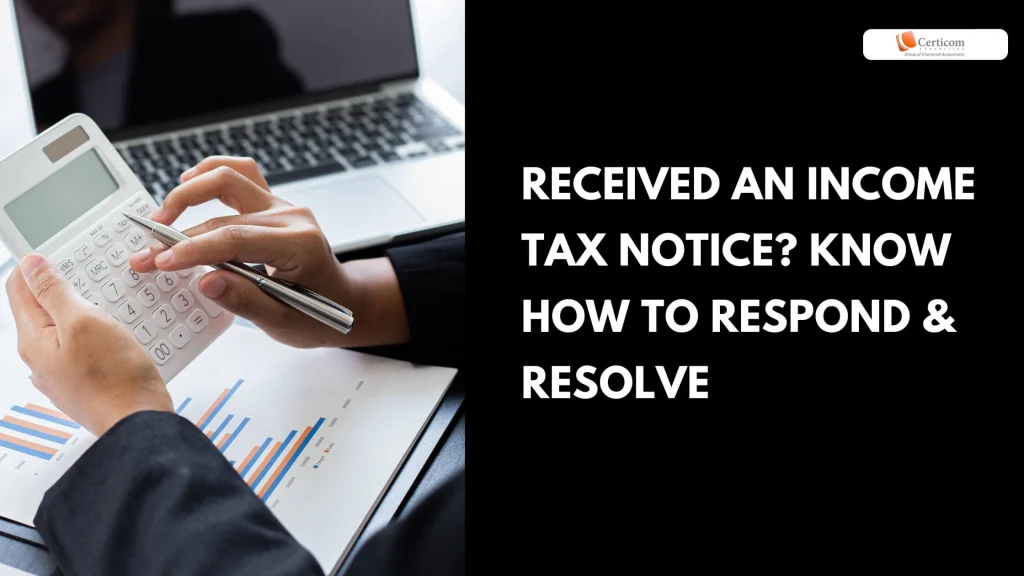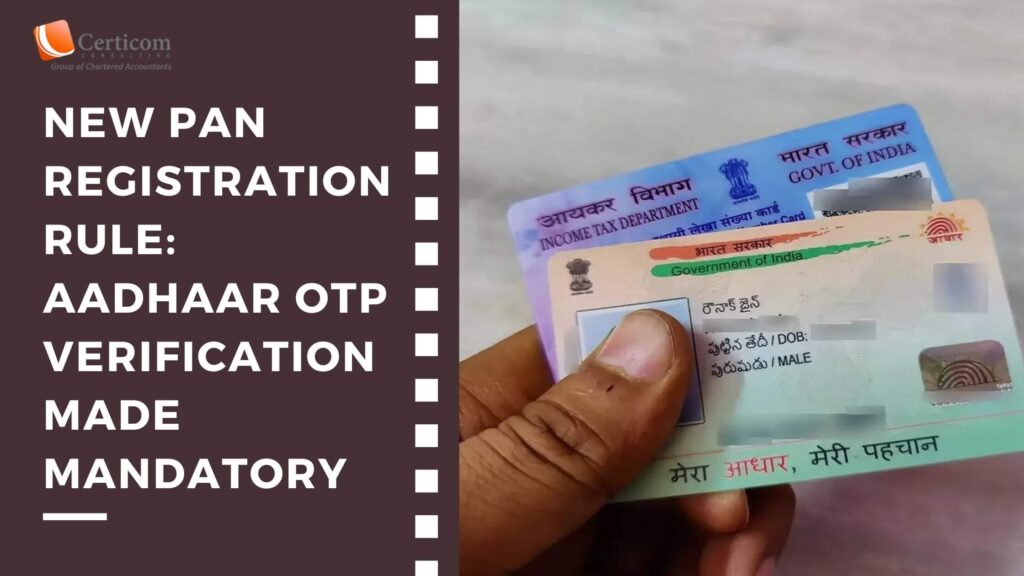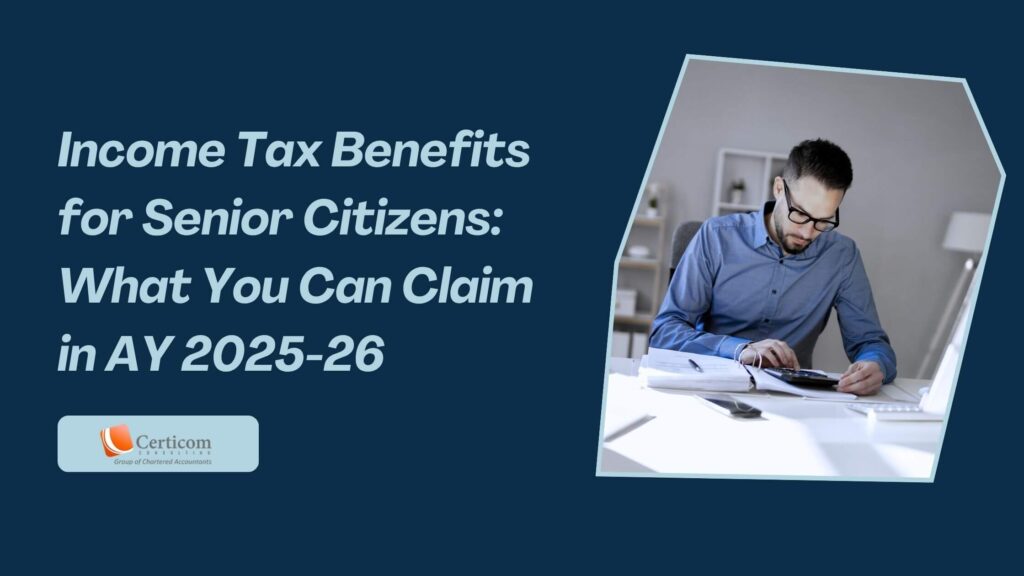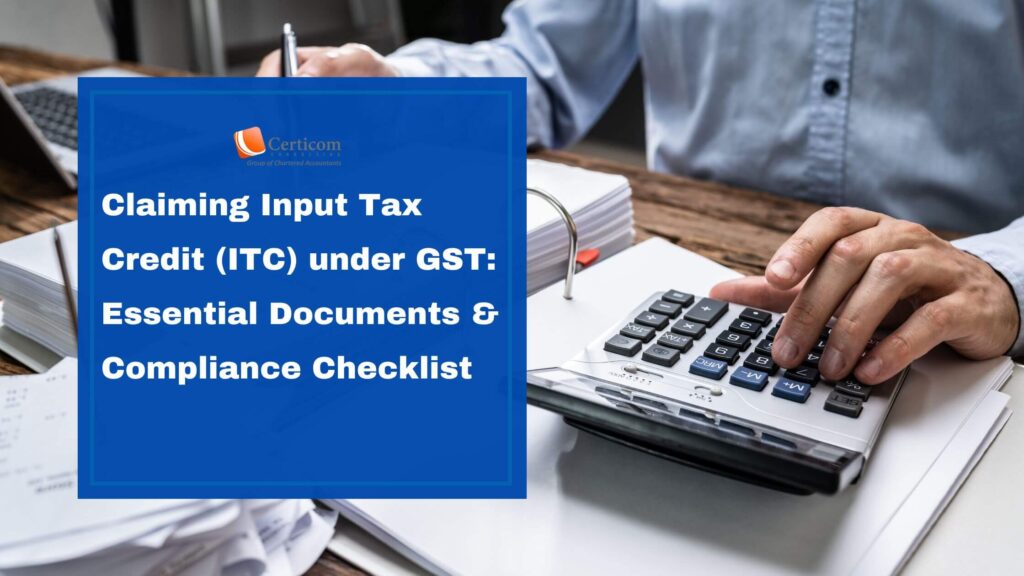Received an Income Tax Notice? Know How to Respond & Resolve

Receiving an income tax notice can be concerning, but understanding its purpose and responding correctly can help you avoid legal or financial repercussions. This guide explains income tax notices, how to verify authenticity, and the steps to take when responding.
Understanding Income Tax Notices
An income tax notice is an official communication from the Income Tax Department of India, informing taxpayers about discrepancies, missing information, or required confirmations. Common triggers include non-filing of returns, incorrect income declarations, tax evasion suspicions, or errors in previous filings.

Key Actions After Receiving an Income Tax Notice
1. Review the Notice Carefully
Understanding the notice is the first step. Check for details such as:
Taxpayer’s Name and PAN: Ensure the notice is addressed to you.
Assessment Year: The financial year relevant to the notice.
Document Identification Number (DIN): A unique reference to verify authenticity.
Response Deadline: The timeframe within which you must respond.
2. Determine the Reason for Issuance
Income tax notices are issued for various reasons, including:
Discrepancies in Reported Income: Mismatch between declared and actual earnings.
Non-filing of Tax Returns: Failure to submit returns within the deadline.
Mismatch in Tax Deducted at Source (TDS): Discrepancies between employer-reported TDS and your tax return.
Unreported or Underreported Income: Rental income, foreign assets, or freelance earnings not disclosed.
Additional Document Requests: Submission of supporting documents for verification.
Refund Adjustments: Offsetting refunds against pending tax liabilities.
Suspected Tax Evasion: Unusual financial transactions may prompt scrutiny.
3. Respond Within the Stipulated Deadline
Ignoring a notice can result in penalties, interest charges, or legal actions. Prompt responses ensure smooth compliance and prevent escalation.
Verifying the Authenticity of an Income Tax Notice
Due to increasing fraudulent tax communications, it is crucial to authenticate a notice before responding.
Steps to Verify a Notice:
Visit the Income Tax Department’s e-filing website.
Click on ‘Authenticate Notice/Order Issued by ITD’ under the ‘Quick Links’ section.
Enter details such as:
PAN and Document Type
Assessment Year and Issue Date
Mobile Number (for recent assessments)
Use the Document Identification Number (DIN) for an additional verification method.
Enter the OTP received on your registered mobile to complete authentication.
If no record exists, the notice may be fraudulent and should be reported immediately.
Common Types of Income Tax Notices & Their Implications
1. Intimation Under Section 143(1)
Issued after initial assessment.
Highlights errors, refunds, or tax liabilities.
Must be issued within one year of the financial year’s closure.
2. Notice Under Section 143(2)
Sent for a detailed examination of your return.
Requires submission of supporting documents.
3. Notice Under Section 148
Issued if the tax department suspects income has been underreported.
Reassessment may occur within 3 to 10 years based on the undisclosed amount.
4. Notice Under Section 245
Indicates adjustment of refunds against pending dues.
Taxpayers must respond within 30 days to challenge or accept adjustments.
5. Notice Under Section 142(1)
Requests additional documents or mandates tax return filing.
Failure to comply can result in penalties and legal consequences.

Best Practices to Avoid Income Tax Notices
File returns on time and report all sources of income.
Ensure accuracy in tax declarations to prevent discrepancies.
Verify TDS details with Form 26AS before filing returns.
Maintain proper documentation for deductions and tax claims.
Stay updated on tax regulations to avoid unintentional non-compliance.
Read More: Navigating HRA Claim Notice: FAQs and Solutions
An income tax notice is not necessarily a cause for concern if handled properly. Reviewing the details, verifying authenticity, and responding within deadlines can help ensure compliance and avoid complications. Staying proactive with tax filings and financial records minimizes the risk of receiving notices in the future.
Related Post
Income Tax Benefits for Senior Citizens: What You Can Claim in AY 2025-26
Claiming Input Tax Credit (ITC) under GST: Essential Documents and Compliance Checklist
Book A One To One Consultation Now For FREE
How can we help? *




